 By: Norma Leticia Leal Pimentel,
By: Norma Leticia Leal Pimentel,
ITAM
Introduction
In many countries, leasing has been one of the most important financing options that companies frequently use. The explanation is that in this way companies have a factory and equipment without incurring cash flows that might affect them; they do not have to carry out bureaucratic procedures for authorizing purchases that delay the acquisition of assets; and they can renovate assets that are subject to rapid technological changes and obsolescence more quickly and efficiently, in order to have state-of-the-art technology. In addition to these operational incentives, the current International Accounting Standard (IAS) 17 “Leases” model has meant that in many cases lease contracts are not reflected in the assets and liabilities on the lessee’s statement of financial position, i.e., they are “off balance.” This has a positive effect on key financial ratios to assess the risk of the company, such as debt, leverage and performance on total assets, which can be very important when the company has a contractual commitment to maintain certain financial ratios. (leer más…)
 By: Jesús Yves,
By: Jesús Yves,
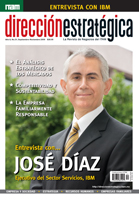
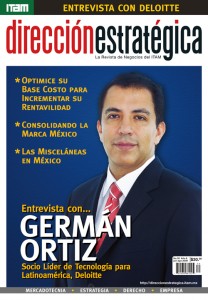
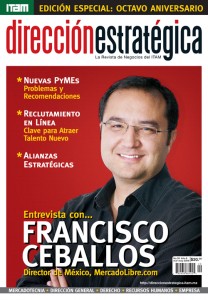
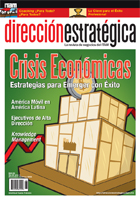
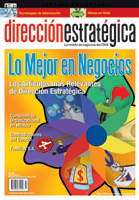
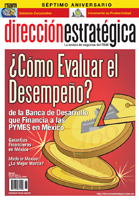
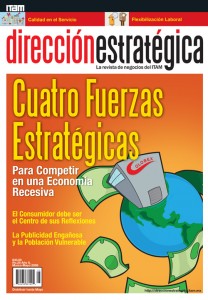
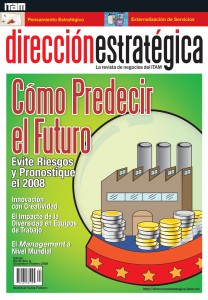
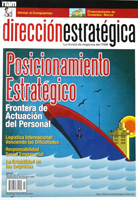
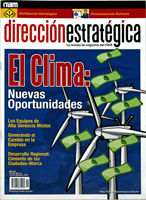
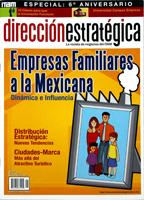

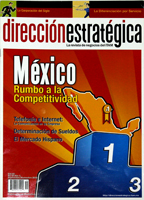
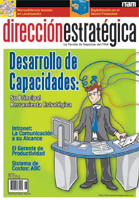
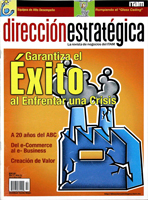
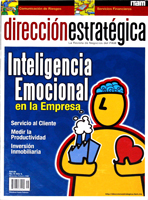
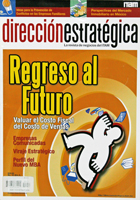
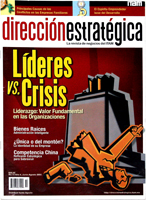
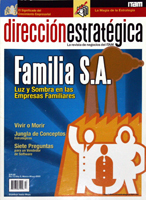
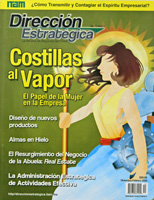
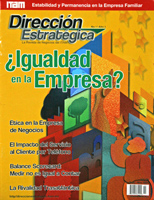

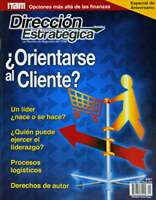
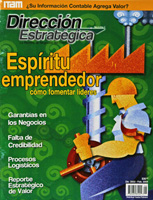
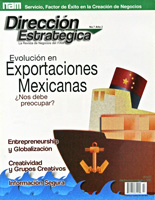
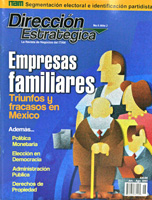
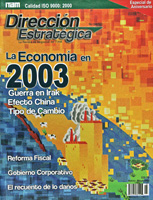


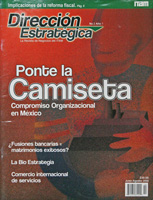

Private Equity in Mexico
ITAM
In recent years, private equity (PE) funds have grown exponentially. According to the Mexican Association of Private Capital (AMEXCAP, for its acronym in Spanish), by the end of 2015 there were more than 140 funds in Mexico, with cumulative capital commitments since the year 2000 of more than 29 billion dollars. The sector has doubled in the past seven years, but it is still incipient, as it represents less than 0.1% of GDP, below countries like Chile, Colombia and Peru. (leer más…)